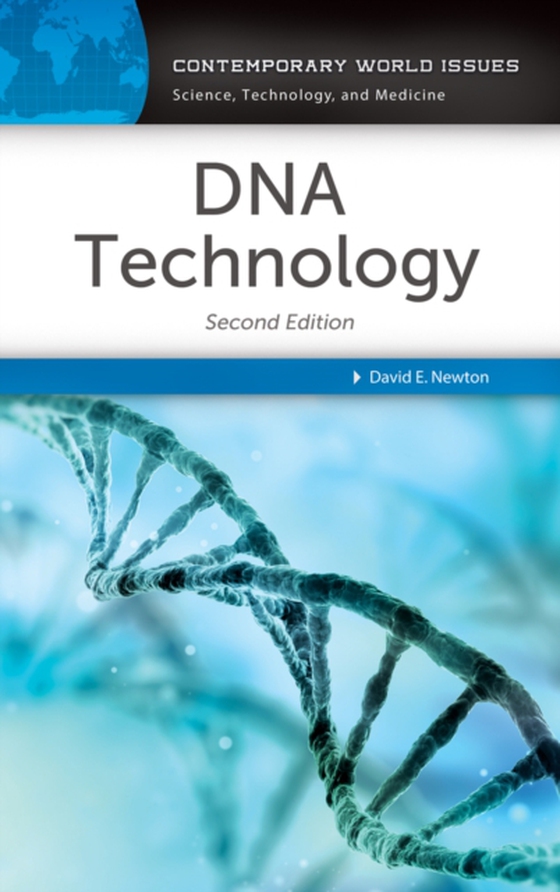
DNA Technology e-bog
473,39 DKK
(inkl. moms 591,74 DKK)
This accessibly written book introduces readers to DNA-one of the most important technologies for the manipulation of all forms of life, from simple bacteria to plants and animals. It also addresses the most important social, ethical, political, economic, and other issues raised by this form of technology.The great strides made in our understanding of the structure and function of DNA in recent...
E-bog
473,39 DKK
Forlag
ABC-CLIO
Udgivet
12 december 2016
Længde
392 sider
Genrer
Science: general issues
Sprog
English
Format
epub
Beskyttelse
LCP
ISBN
9781440850486
This accessibly written book introduces readers to DNA-one of the most important technologies for the manipulation of all forms of life, from simple bacteria to plants and animals. It also addresses the most important social, ethical, political, economic, and other issues raised by this form of technology.The great strides made in our understanding of the structure and function of DNA in recent decades have led to applying this invaluable knowledge to use in serving humanity. For example, recent discoveries in the field of genetic editing have created the potential for the creation of life forms de novo, a possibility that results in profound ethical issues for the human race that are just beginning to be discussed. What other positive-and potentially negative-developments are coming our way with continuing advancements in DNA research? DNA Technology: A Reference Handbook provides an up-to-date historical overview and general technical background to the topic as well as a broad introduction to current issues related to the development of DNA technology, such as genetically modified organisms, the use of DNA technology in the forensic sciences, and genetic testing and genetic therapy.Written by David E. Newton, an author and former teacher who has dedicated a lifetime to authoring educational texts on science and technology, this book examines the history of DNA technology from its discovery in the 1950s to the present day and covers recent advances, such as new methods for gene editing, including CRISP-Cas9 technology. Readers need to have little or no background knowledge of the technology of genetic engineering to improve their understanding of DNA-based technologies and how DNA research influences many current issues and debates in agriculture, food science, forensics, public health, and other fields. The single-volume work is particularly well-suited to students and young adults because of the range of references included that serve further study, such as a glossary of terms, a chronology, and an extensive annotated bibliography.
 Dansk
Dansk

